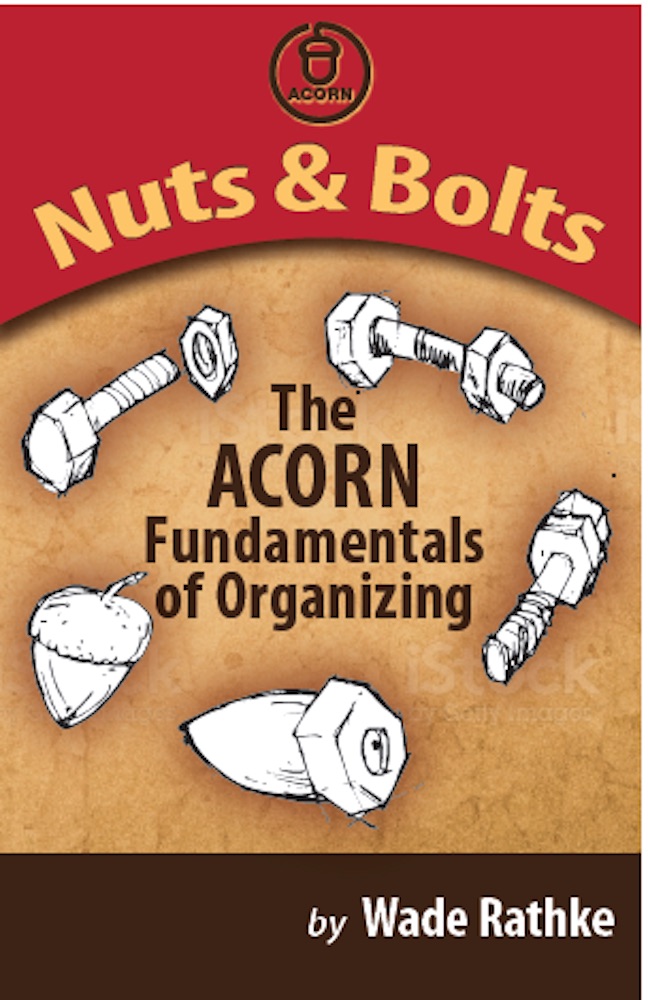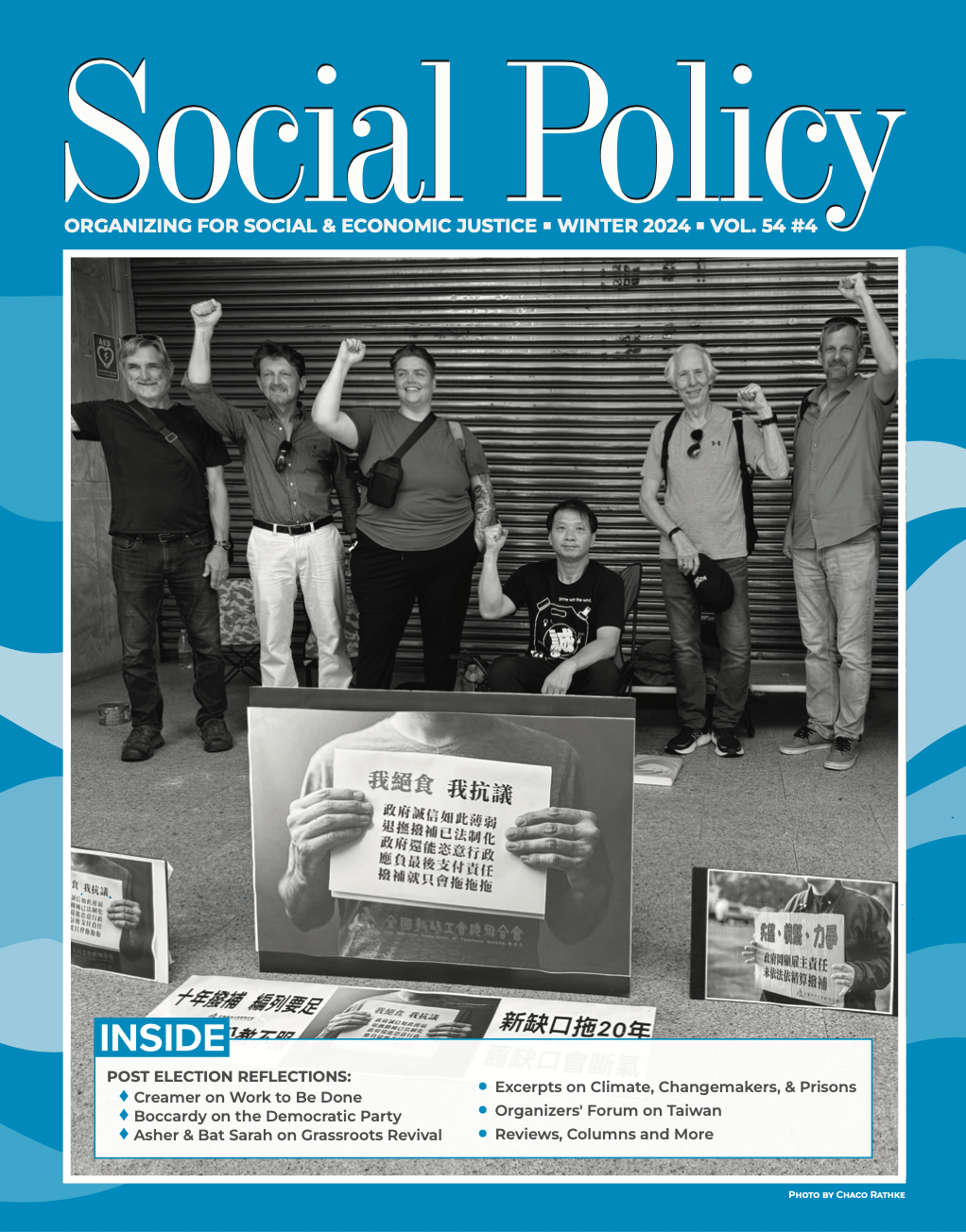COMMUNITY DEVELOPMENT CORNER - Where Left and Right Come Together:
Written by Gregory Squires
The “Missing Middle” Approach to Housing Affordability
In an age that virtually all observers acknowledge is one of the most polarizing in our nation’s history, the most challenging domestic issue of our day provides an opportunity to bring together the left and right and almost everyone in between. Housing affordability is at the top of almost every domestic policy agenda.
All participants in this debate now recognize that increasing housing supply must be part of any possible solution. And one key to increasing the supply is increasing the production of what many on the left refer to as “missing middle housing” and some on the right refer to as “light touch density.”
Growing shortages and increasing unaffordability of housing
Observers from all ends of the political spectrum acknowledge that the cost of housing has increased substantially in recent years. Freddie Mac, a government sponsored enterprise that helps stabilize US housing markers by purchasing mortgage loans from lenders and selling them as mortgage-backed securities which in turn makes more funds available for home mortgages, has estimated that there is a shortage of 3.8 million housing units in the US. Zillow, the widely consulted real estate information company, estimated that the shortage has reached 4.5 million housing units as the number of US families increased in 2022 by 1.8 million while just 1.4 million housing units were built. The American Enterprise Institute (AEI) reported that over the past four years housing prices grew by 46 percent while wages increased by just 14 percent. In its report “The State of the Nation’s Housing 2023” the Joint Center for Housing Studies of Harvard University reported that between 2019 and 2021 the number of cost burdened renters (those spending over 30 percent of their income on housing) increased by 1.2 million reaching a record 21.6 million households. For homeowners the number of cost burdened households grew by 2.3 million to 19 million.
Likewise, analysts from the left and right now grant that a major cause of the increasing cost of housing is a growing shortage in the supply. We’re just not building enough. AEIs Ed Pinto argued in Newsweek that “to tackle today’s housing crunch, we need to build more housing.” Jerusalem Demsas, staff writer for The Atlantic, reiterated this message in her 2024 book On the Housing Crisis when she wrote that “Housing is primarily unaffordable in this country because of persistent undersupply.”
Zoning as Culprit
And there is also widespread agreement that a major barrier to the supply problem is local zoning law, particularly those rules that permit just single-family zoning. AEI has estimated that 75 percent of residential land in the US is zoned exclusively for single-family homes. Such exclusionary zoning has long been recognized as a primary mechanism for promoting racial and class segregation as Richard D. Kahlenberg details in his 2023 book Excluded: How Snob Zoning, Nimbyism, and Class Bias Build the Walls We Don’t See. But today we see that these invisible walls increase the cost of housing for virtually all renters and homeowners.
Housing in the US generally takes two forms; single family homes and large multifamily apartment complexes. What we don’t see is more affordable duplexes, triplexes, fourplexes, granny flats, mother-in-law suites, accessory dwelling units and other forms of housing that fall between single family homes and large complexes. And the primary reason for this exclusion is zoning laws that permit only single-family homes. Referred to as “missing middle housing” by a range of organizations including the Congress for a New Urbanism, Planetizen, National League of Cities and many other consumer advocacy and housing organizations and called “light touch density” by AEI, this type of development would increase the supply and reduce the cost of housing. These types of housing constitute just 22 percent of all homes according to the US Census Bureau’s 2023 American Housing Survey.
Several other benefits would follow. More school teachers, police officers, fire fighters and other public servants would be able to stay in communities where they grew up and where they currently serve. Grandparents could stay closer to children and grandchildren. Such density would attract commercial businesses, make public transportation more feasible, thus increasing the number of walkable communities that more families are seeking today.
Emerging Developments
Things might be changing. The states of California, Washington, Oregon and Vermont and several cities including Minneapolis and Charlotte are changing their zoning laws to limit their exclusionary impact and permit light touch density leading to more missing middle housing. AEI estimates that such housing can increase the housing supply by 2% annually building 6.6 million new units of housing in 10 years.
There are opponents. Some residents claim this will damage the character of their neighborhoods and lower property values. Arguments are offered that such development will strain local infrastructure putting undue stress on local schools, sewers, streets and more. Legal action has challenged these types of development in Southern California, Arlington, Va, Minneapolis and other neighborhoods. The future is by no means certain.
Still, at a time when many are claiming the US is more divided now than any time in their memory, there is growing support for missing middle housing and light touch density. While these discussions are carried out in contested political terrain, it offers one of the few strategies for bringing people together from across the political spectrum to address one of the nation’s most serious challenges.
Gregory D. Squires is a Research Professor and Professor Emeritus in the Department of Sociology at George Washington University











